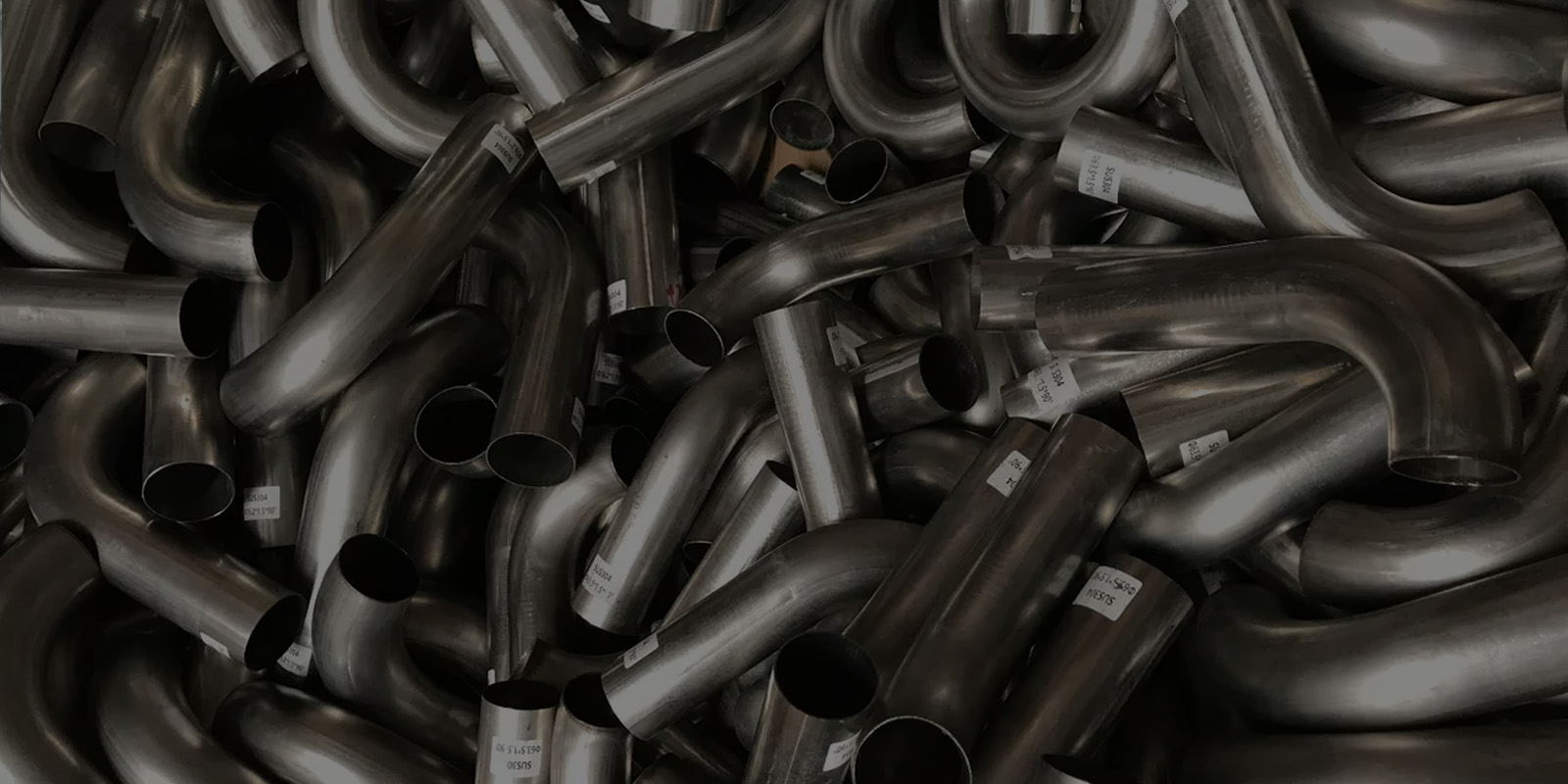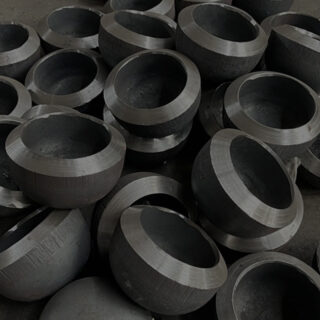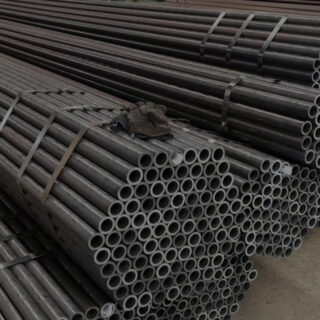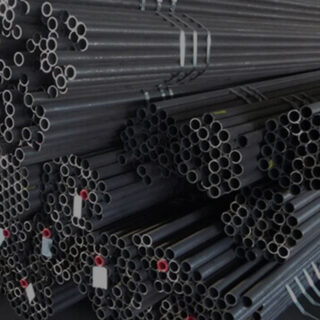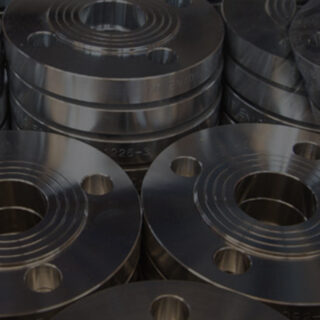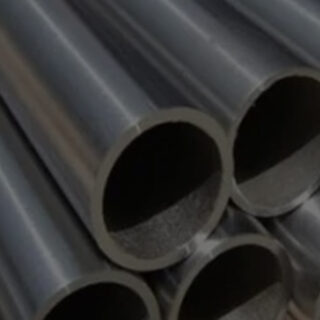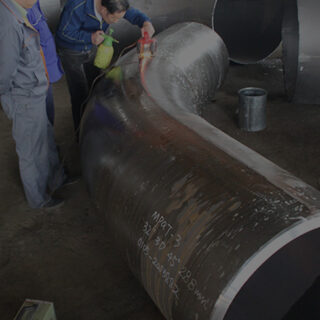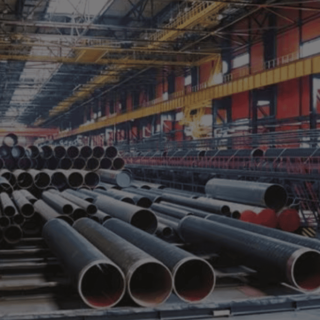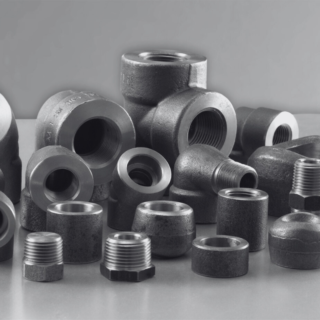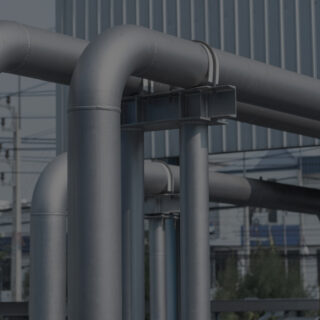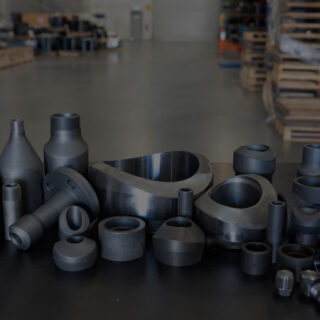
In plumbing, one of the most basic and yet very important fixtures is the U bend pipe that helps in the flow of liquids. These fittings are very essential in both the residential homes as well as the industrial facilities. However, have you ever thought of the thickness of these pipes and the kind of standards that allow this? Knowledge of these standards may be crucial for the homeowners and various professionals involved in the plumbing industry for safety and effectiveness of the plumbing systems. This blog post goes a bit deeper into the specifics of U bend pipe thickness and what it entails and why it is important
What is a U Bend Pipe?
To grasp the thickness standards, it is vital to know what a U bend pipe fitting is first. A U bend or P-trap is a plumbing fixture that is used to contain a small quantity of water in the curve part of the pipe. This water also helps to stop sewer gases from penetrating a building through the drain pipes. U bend is used mostly under the sinks, bathtubs, and other plumbing fixtures that require a trap
Standards Governing Pipe Thickness
There are different standards that define the thickness of the U bend pipes to maintain the standard, safety and quality in the market. These standards are set by the regulatory agencies and industry associations and are important for both, the producers and the users
- British Standards (BS EN) : In the UK, British Standards, such as BS EN 10255 and BS EN 10217, specify the dimensions and tolerances for steel tubes used in plumbing, including U bend pipes. These standards ensure that pipes meet specific thickness requirements, providing reliability and safety.
- American Society for Testing and Materials (ASTM) : In the US, the ASTM sets the standards for pipe thickness, including U bends. ASTM A53 and ASTM A106 are commonly referenced standards that specify the material and thickness requirements for carbon steel pipes used in plumbing.
- International Organisation for Standardisation (ISO) : ISO standards, such as ISO 65 and ISO 559, also provide guidelines for pipe thickness, including the dimensions and material specifications. These standards are recognised worldwide and ensure that pipes meet consistent quality and performance criteria
U Bend Pipe Wall Thickness Specification Requirements
Understanding the specific requirements for U bend pipe wall thickness is crucial. The wall thickness specification directly affects the pipe’s durability and ability to handle pressure. Thicker walls are generally required for pipes that will be used in high-pressure environments or where additional durability is needed
Classification According to Material Standards
U bend pipe thickness is often classified according to material standards. For example, carbon steel pipes will have different thickness requirements compared to stainless steel pipes. These classifications help ensure that the pipes are suitable for their intended use, considering the material’s properties and the application’s demands
Classification According to Inner Diameter Standards
Another way U bend pipe thickness is classified is according to inner diameter standards. The inner diameter impacts the flow rate of the liquid through the pipe and the overall efficiency of the plumbing system. Pipes with different inner diameters will have corresponding thickness specifications to balance strength and flow efficiency
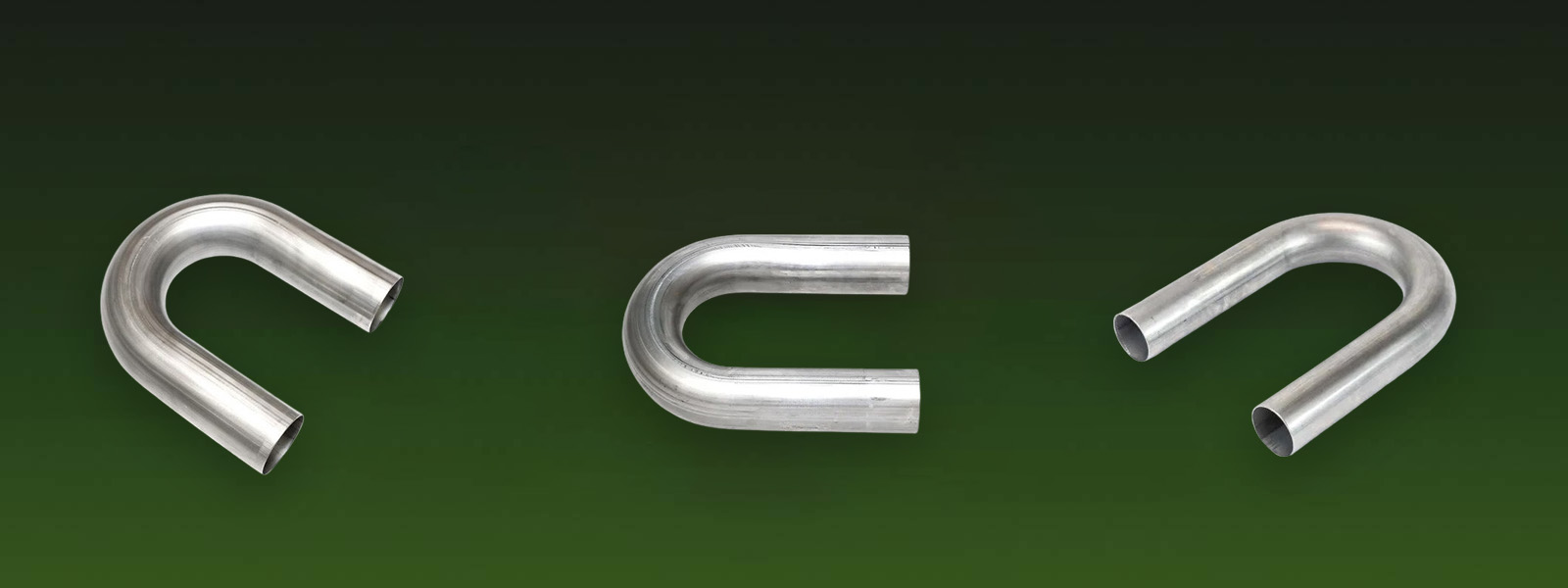
The Importance of U Bend Pipe Wall Thickness Specifications
The specifications for U bend pipe wall thickness are important for several reasons
- Safety : Proper thickness ensures that pipes can handle the pressures and stresses they will encounter without failing.
- Durability : Thicker walls generally provide greater durability, extending the lifespan of the pipe and reducing the need for frequent replacements.
- Efficiency : Ensuring the right thickness according to standards helps maintain optimal flow rates and system efficiency.
- Compliance : Adhering to established standards ensures compliance with local and international regulations, which is crucial for legal and operational purposes
Conclusion
Understanding the standards and factors influencing the thickness of U bend pipes is essential for anyone involved in plumbing, whether as a professional or a homeowner. These standards ensure that pipes are safe, durable, and capable of handling the pressures and environmental conditions they will encounter
Choosing the right U bend pipe fitting involves considering the specific requirements of the plumbing system, including pressure, material, environmental conditions, and application. By adhering to the relevant standards and carefully evaluating these factors, you can ensure that your plumbing system operates efficiently and safely
You can Contact Citizen Pipe Fittings at sales@citizenpipefittings.com to know more about U Bend Pipe and how they can be used in various industries.

